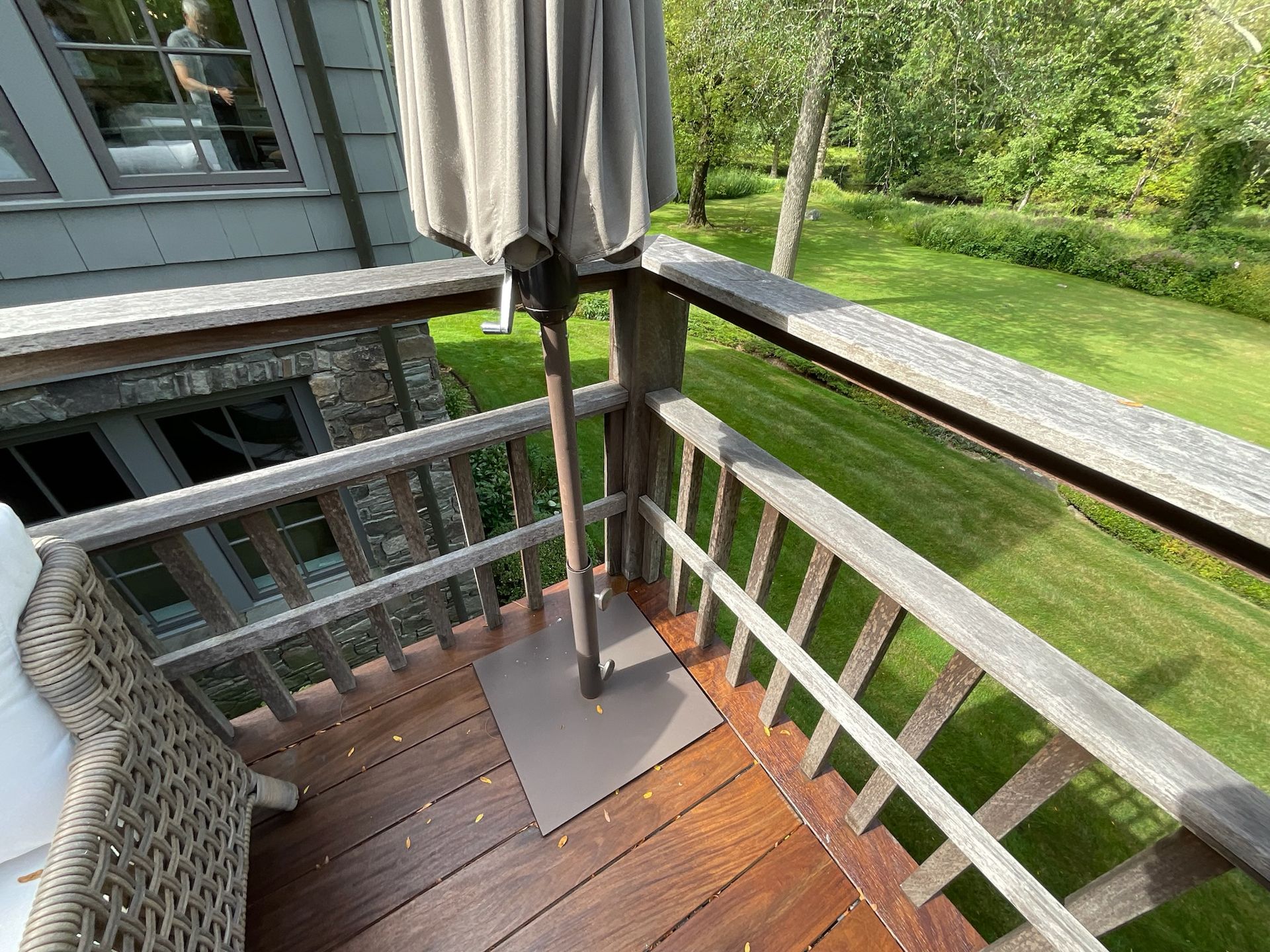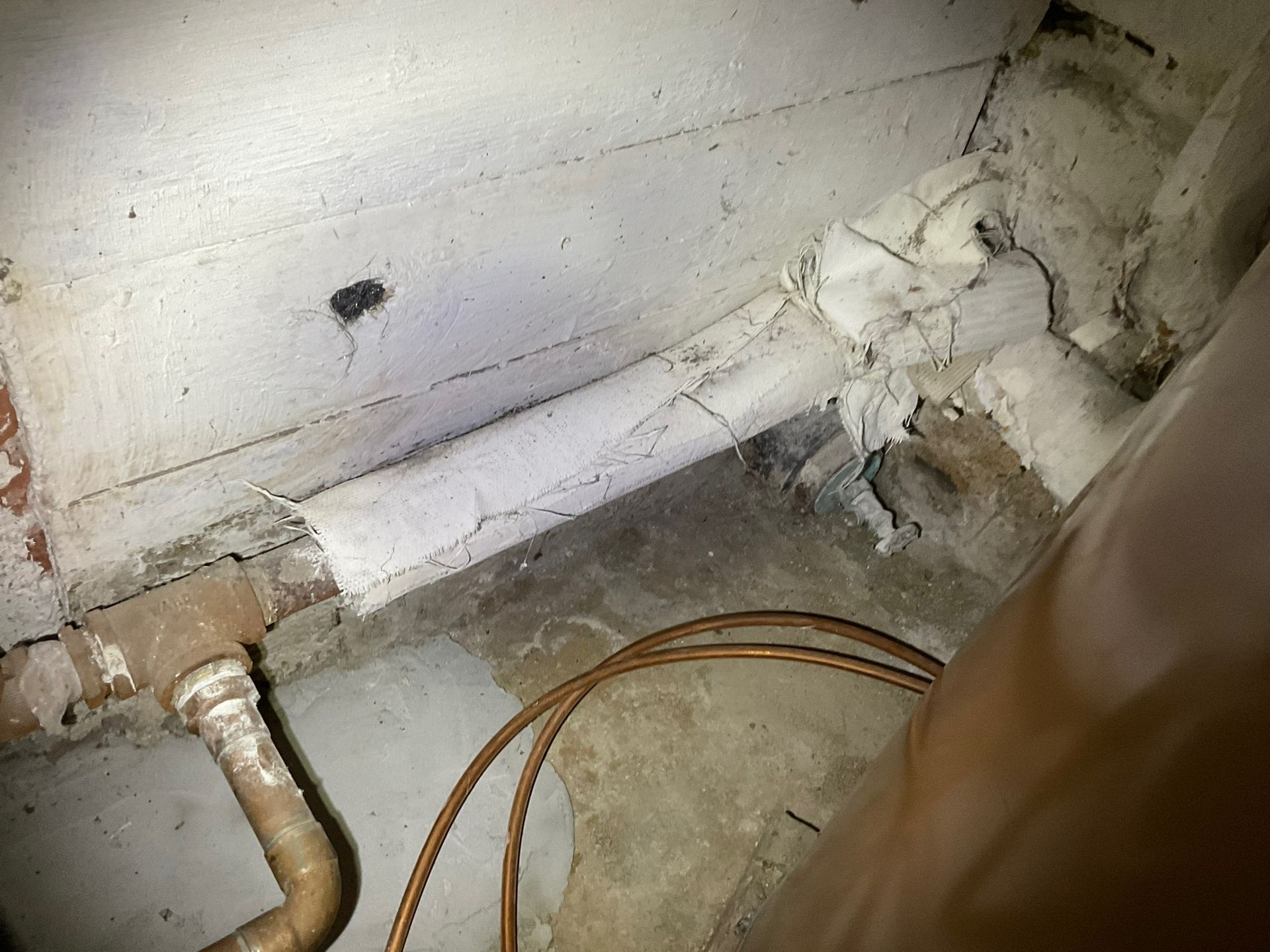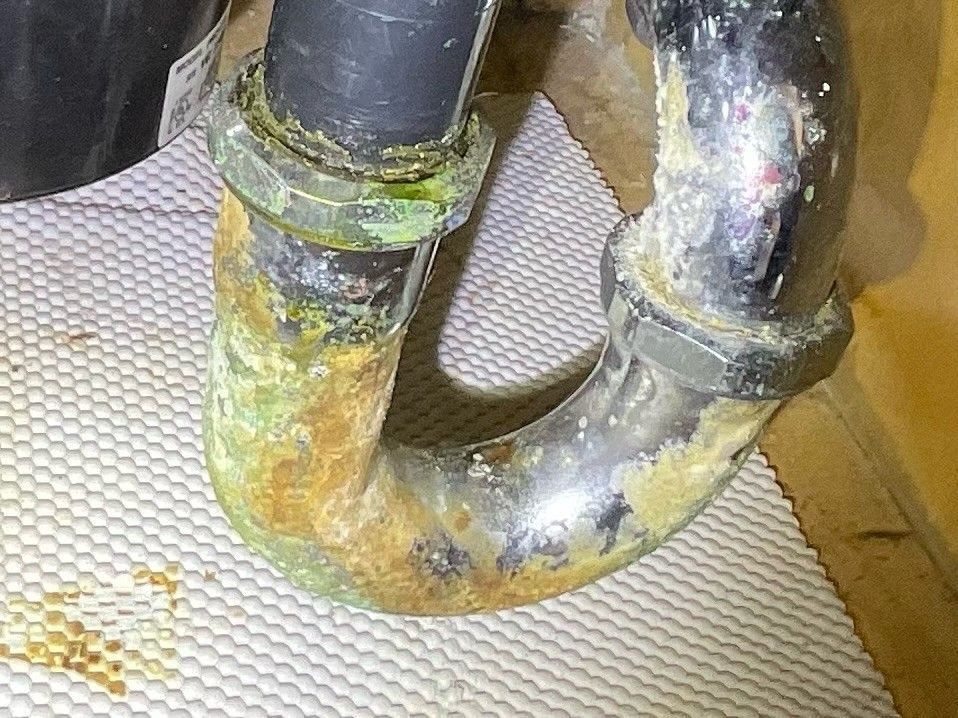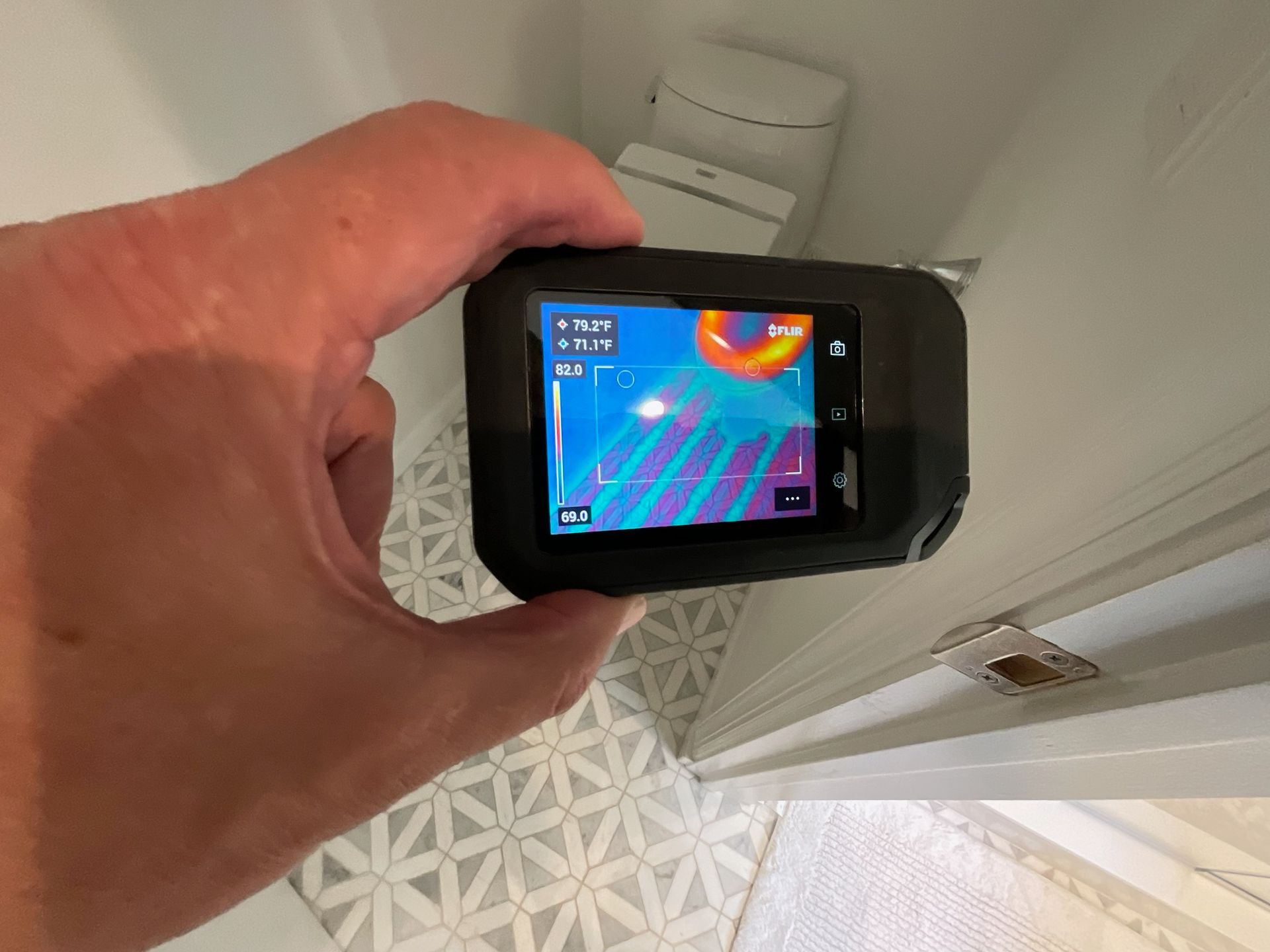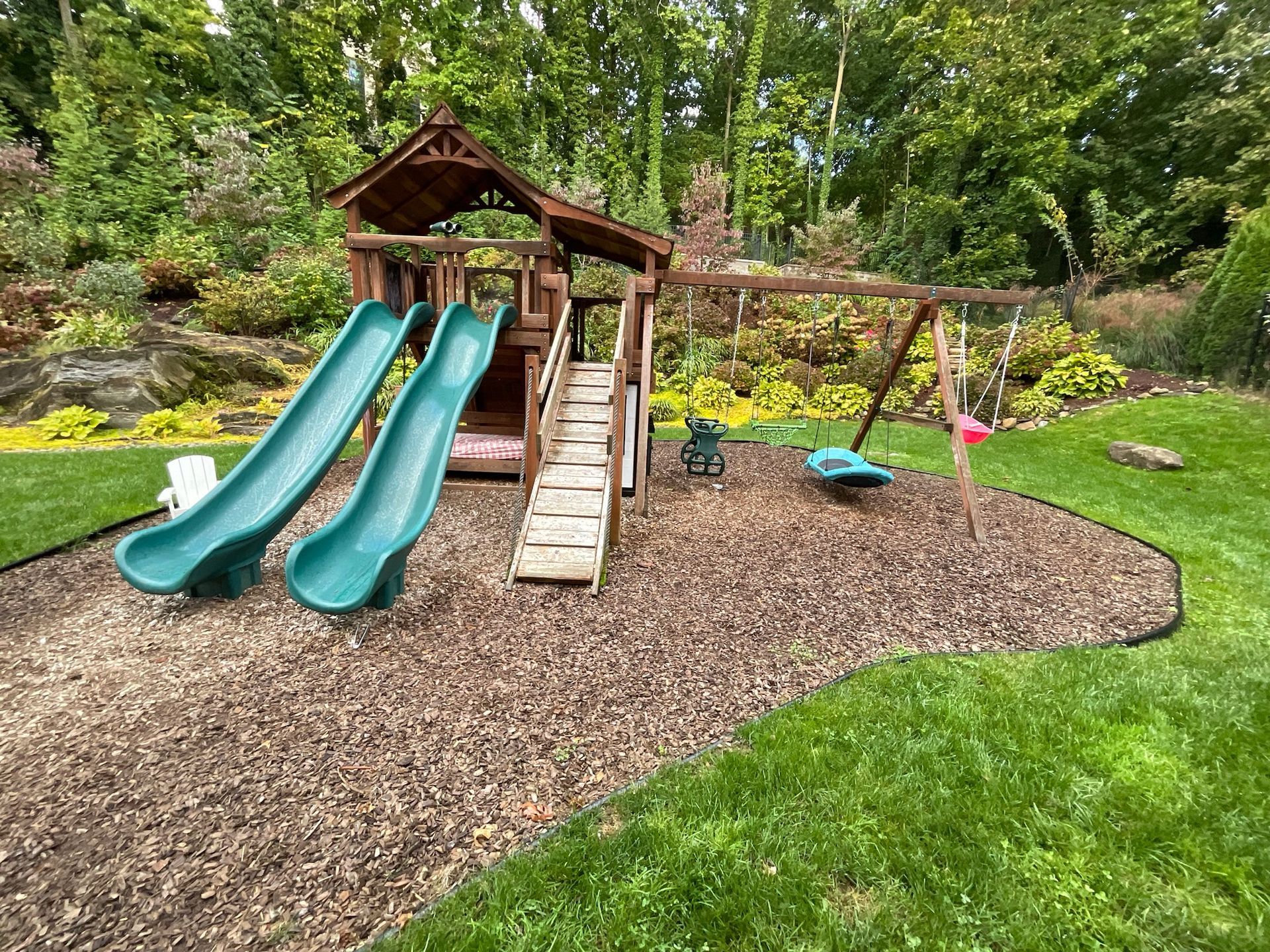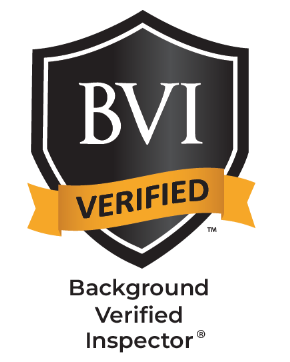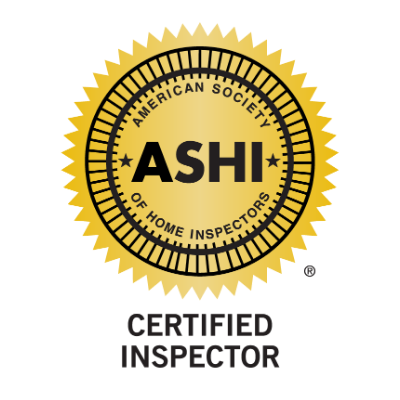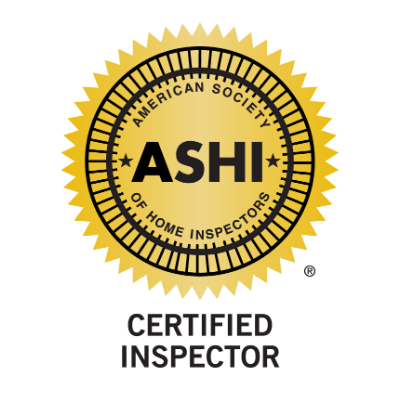Why Not To Mount Smoke Detectors On The Ceiling Close To The Wall
Mounting smoke detectors on the ceiling close to the wall is generally not recommended due to several important reasons related to the proper functioning and effectiveness of the detectors. Here’s why you should avoid this placement:
1. Airflow Patterns
- Dead Air Spaces: The area where the ceiling meets the wall can create a "dead air" space where airflow is limited. Smoke might not reach the detector in these areas as quickly, delaying the alarm.
- Poor Detection: Smoke tends to rise and spread out along the ceiling. If the detector is too close to the wall, it might miss the early, concentrated smoke that rises directly up.
2. Heat Stratification
- Thermal Barriers: Heat can create layers, especially near the ceiling. Close to the wall, there might be a thermal barrier where hot air (and smoke) doesn't circulate well, preventing the detector from sensing smoke efficiently.
3. False Alarms
- Drafts and Air Currents: Placing smoke detectors too close to walls might subject them to drafts from windows, doors, or HVAC vents. This can lead to false alarms or delayed response.
4. Installation Guidelines
- Standards and Codes: Building codes and smoke detector manufacturers often specify that detectors should be placed at least 4 inches from the wall when mounted on the ceiling. This is to ensure optimal performance and compliance with safety standards.
5. Best Practices
- Ceiling Placement: For ceilings, it is generally best to place smoke detectors at least 4 inches from any wall to avoid dead air space.
- Wall Placement: If mounting on a wall, place the detector between 4 to 12 inches from the ceiling to ensure it can effectively detect rising smoke.
Summary
Proper placement of smoke detectors is crucial for early detection and effective functioning. Avoiding ceiling mounts close to walls helps ensure the detector is exposed to rising smoke promptly and reduces the risk of false alarms. Always follow manufacturer guidelines and local building codes for the best placement practices.

